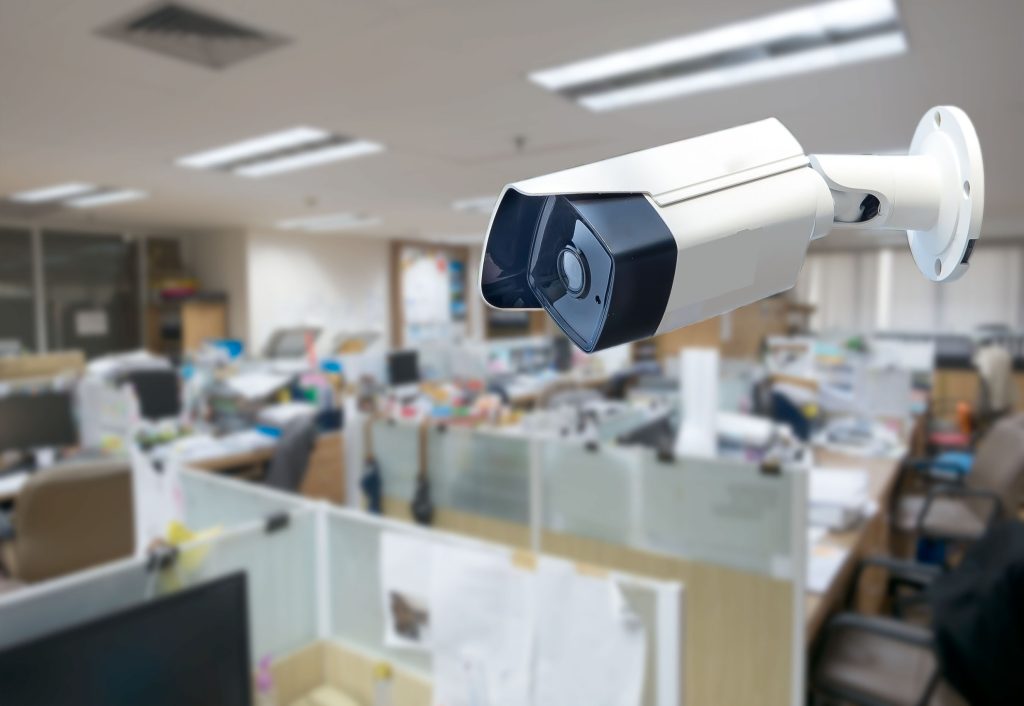
In the modern workplace, the line between performance management and invasive surveillance is blurring. The rise of remote work has accelerated the adoption of sophisticated monitoring tools. These tools, often called “bossware,” give employers an unprecedented window into their employees’ daily activities. Companies argue these tools are necessary for productivity and security. However, many new workplace surveillance trends collect far more data than necessary. These practices often operate in a legal gray area. They push the boundaries of what is acceptable and quietly violate employees’ reasonable expectations of privacy.
Here are eight surveillance trends that are raising serious privacy concerns.
1. Keystroke Logging and “Productivity” Scoring
This is one of the most common forms of bossware. The software tracks every keystroke, mouse movement, and click. It often takes screenshots of an employee’s computer at random intervals. An algorithm then uses this data to generate a “productivity score.” This creates a culture of constant pressure and anxiety. Employees know their every digital move is monitored and judged. It fails to account for work that happens away from the keyboard, like thinking or planning. It can also capture sensitive personal information.
2. Monitoring of Personal Devices on Company Wi-Fi
You may give your employer more access than you realize when you connect your personal smartphone to the company’s Wi-Fi. Depending on the company’s IT policy, they may be able to monitor the websites you visit and the apps you use. The legal ground here is murky. Many employees are unaware that their employer can see their personal browsing habits just because they logged onto the guest network.
3. Analysis of Internal Communication Channels (like Slack)
Company-owned communication platforms like Slack, Microsoft Teams, and email are not private. Employers have the right to access and review any conversations on these systems. New AI-powered tools are taking this a step further. They can now perform sentiment analysis on messages to gauge employee morale or identify “disengaged” workers. This constant scanning of informal conversations can chill open communication. It also creates a sense of being constantly watched.
4. GPS Tracking in Company Vehicles and Apps
For employees who drive a company vehicle or use a company smartphone, GPS tracking is often a condition of the job. This is legitimate for tracking work routes during business hours. However, it becomes a privacy violation when the tracking continues after the workday ends. Some apps continue to report an employee’s location 24/7. This provides the employer with detailed information about their private life, from where they go to the doctor to where they spend their weekends.
5. Emotion-Sensing AI in Video Meetings
This is a particularly dystopian trend. Some companies are piloting AI technology that analyzes facial expressions and vocal tones during video meetings. The software claims to determine an employee’s emotional state or level of engagement. This technology is highly controversial. It represents a profound intrusion into a person’s inner emotional state. This has little to no bearing on their actual job performance.
6. Social Media Monitoring of Off-Duty Conduct
It’s increasingly common for employers to monitor their employees’ public social media profiles. They can’t access private accounts, but they can look at what employees post publicly. This can become a privacy violation when a company takes disciplinary action against an employee. This is especially true for off-duty conduct that is legal and has no bearing on their job. Overly broad social media policies can infringe on an employee’s rights in their personal time.
7. Biometric Data Collection (Fingerprints, Facial Scans)
Companies are increasingly using biometric data, such as fingerprints or facial scans. They use it for things like time clocks or secure area access. While this can be efficient, it means your employer is collecting your unique, unchangeable biological information. This raises significant privacy and security concerns. Your biometric data could be stolen if the company’s database is breached. Several states have passed laws requiring employee consent and strict data protection for this type of information.
8. Audio Recording in “Common Areas”
Video surveillance in common areas like hallways is generally legal for security purposes. However, audio recording is a different matter. Federal and state wiretapping laws often prohibit recording conversations without consent from at least one, and sometimes all, parties. Many employees are unaware of these laws. They don’t realize that the security camera in the breakroom might be recording their private conversations. This could be a serious legal violation by the employer.
The Blurring Line Between Productivity and Privacy
Technology is evolving faster than the law. Many of these new workplace surveillance trends exist in a legal and ethical gray zone. It’s crucial for employees to be aware of the tools their employer is using. They should read IT and privacy policies carefully and understand their rights. While employers have a legitimate interest in managing their workforce, this should not come at the cost of an employee’s fundamental right to privacy. The future of work will depend on finding a respectful balance.
What level of workplace monitoring do you consider acceptable, and where do you draw the line?
Read more:
8 Times a Promotion Quietly Erased Your Workplace Protections
8 Workplace Habits That Make People Talk About You — Not in a Good Way
The post 8 Workplace Surveillance Trends That Quietly Violate Privacy appeared first on Budget and the Bees.







